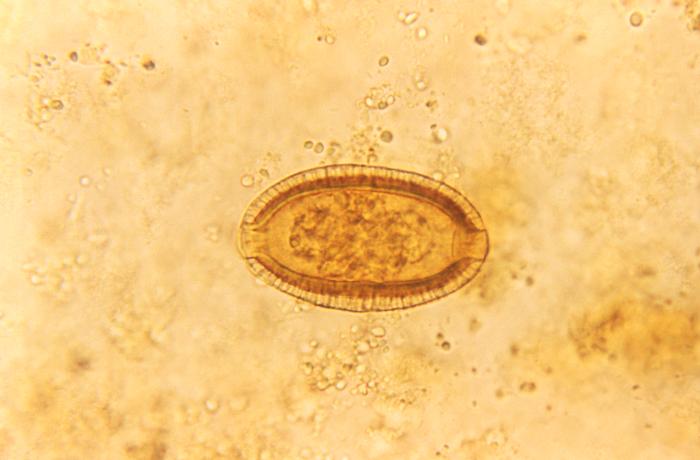It was first described in the 1960’s in a 29 year old schoolteacher in Northern Luzon in the Philippines. He had diarrhea for 3 weeks prior to admission to the Philippine General Hospital, Manila. He suffered from chronic alcoholism, recurrent ascites, emaciation, and cachexia and died a week after hospitalization.
At autopsy, a large number of worms were recovered from the intestines, but the parasite was not identified to species at the time.
In the mid-1960’s, a Catholic missionary in Tagudin Ilocos Sur, Central Luzon, noticed an unusual amount of deaths from chronic gastroenteritis in the village of Pudoc West and notified authorities.

The parasite infections spread to other towns and villages and by the end of 1967, more than 1000 people were infected with 77 deaths. Things got so bad that the people of the village hired a witch doctor to exorcise the village!
What was this parasite? It was a relative to Trichuris and Trichinella which was named Capillaria philippinensis.
This roundworm is endemic in the Philippines and in Thailand; and cases have been reported from Egypt, Japan, Korea and Taiwan. Isolated cases have been seen in Columbia, India and Iran.
Humans get this infection from ingesting raw or inadequately small fish. It is not spread person to person.
Disease by C. philippinensis is characterized by enteropathy (a disease or disorder of the intestine) with massive protein loss and malabsorption problems that lead to weight loss and emaciation.
Some of the Capillaria eggs can embryonate in the intestine releasing its larvae causing autoinfection. This can lead to hyperinfection with thousands of adult worms. This infection can lead to death in about 10% of cases.
Laboratory diagnosis of C. philippinensis is established by finding eggs, larvae and/or adult worms in the stool, or in intestinal biopsies. It can be treated with mebendazole or albendazole.
Prevention of this parasitic infection is simply avoiding eating undercooked or raw fish.


This egg photo is not Capillaria philippinensis instead it is C. hepatica that should be revised.
This egg photo is not Capillaria philippinensis instead it is C. hepatica that should be corrected.